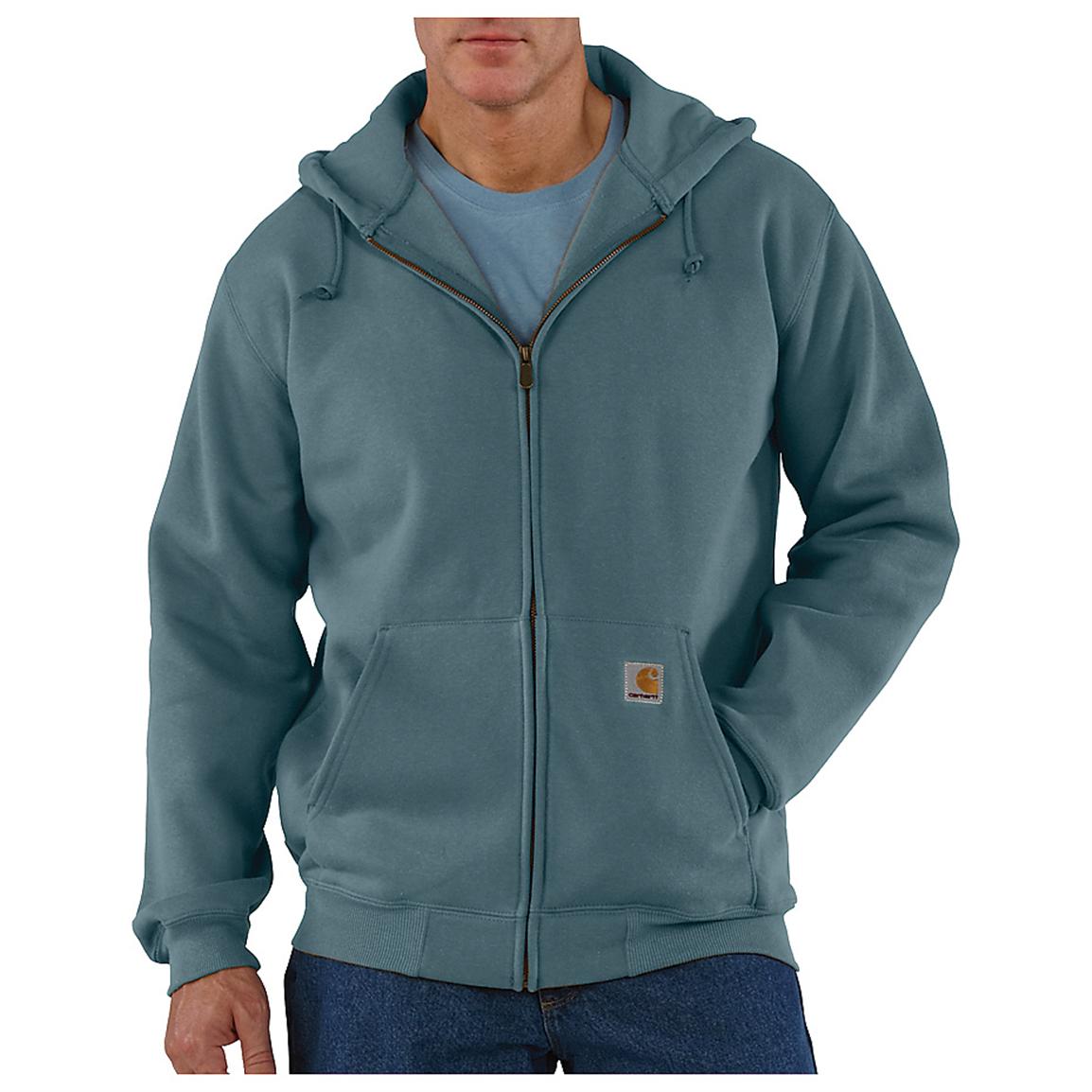What things to Consider When Selecting the correct Sweatshirt

Sweatshirts are long-sleeved, pullover garments composed of cotton-rich fabric. They are generally used for casual wear but aren't as dressy as sweaters or cardigans. They do not usually have the hood. If you are interested in buying a sweatshirt here are some suggestions:
The appeal of Norma Kamali was spread by the use of sweatshirts
Since the late '70s In the late '70s, Norma Kamali has transformed the basic sweatshirt into an art. Her designs have become an integral part of almost every woman's wardrobe. Her distinctive styles include a tummy-tucking team neckline to leather-paneled sweatshirts. Her clothing is also designed in unique forms, like an oversized tank top that has long trumpet skirt.
A partnership between the designer and the sweatshirt maker Everlast gave rise to her Timeless collection, which was a huge hit when it was featured in the Spiegel spring 2006 catalog. The collection featured convertible and interchangeable knits in classic shapes and many of the pieces were priced at less than $20. Even if The Norma Kamali Timeless collection wasn't available in stores, buyers could still find these items through eBay and Poshmark.
Merino wool sweatshirts provide more comfort than sweatshirts with soft fabrics.
Merino wool is known for its moisture-wicking capabilities that help keep you dry and comfortable. Merino wool is an organic fibre that also offers a more comfortable feel. It also drys quickly in comparison to other natural materials. Furthermore, merino is a sustainable resource. Merino sheep shed their coats each year, and then grow new ones.
Merino's weight-to-heat ratio is high, and the warmth of wool is one of the reasons it's popular for sweatshirts. It helps to regulate body temperature thanks to its loft that naturally traps heat between the fibers. This is the reason Merino wool sweatshirt s are great for outdoor and summer activities like hiking, mountain biking and running. The warmth it provides ensures that the wearer stays comfortable and dry. This is important for working out.

Zip-front hoodies feature kangaroo pockets.
Kangaroo pocket hoodies are a popular style of hoodies. These hoodies have a large pocket in the front, that keeps your hands warm on cold days. sweat shirts than traditional pockets as they allow the hands to slide in and out with ease.
The pockets of Kangaroos are typically big enough to hold the wallet, or other small items for personal use. They're typically big enough to hold the palm of a hand that is small, and can even be large enough to accommodate two hands. They have wide openings on both sides and make them ideal for carrying small objects.
French terry fabric is a well-loved fabric for sweatshirts
The French terry fabric is made of soft yarns knit into loops and are typically medium-weight. It is also noted because of its capacity to absorb moisture and is pre-shrunk. French Terry is a fantastic choice for sweatshirts because it will keep you warm when you're in need and helps keep you cool when you're trying to cool down.
French terry is also popular for loungewear, since it is stretchy enough and has enough flexibility to feel comfortable against your skin. It also allows air to circulate around the fabric, which makes it ideal for layering under other clothing. Additionally, since it's lighter than other sweatshirts, you can wear it all year round without feeling too either cold or hot.
Hoodies are classy and have a connotation of class.
Although it might appear that hoodies are simply an appropriate clothing item for people of the working class, the reality is that they are a symbol of class. The hooded garment was first used in the early 70s New York, where graffiti artists would wear them to conceal their identities. In 1976 Hoodies made their main movie debut with "Rocky," when the working-class title character wore grey sweats with hoods during his famous climb up the Philadelphia Museum of Art.
Hoodies are often associated with destruction, death and other unpleasant items, yet they also serve practical purposes. For instance, monks and priests can wear hoods to demonstrate modesty and inward focus.
